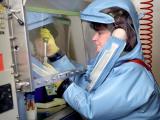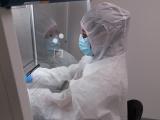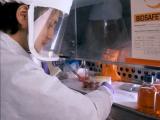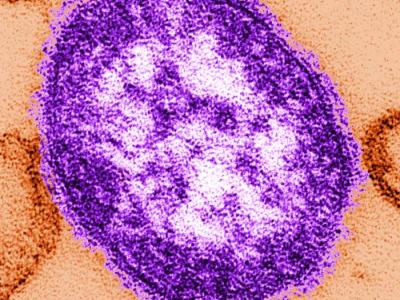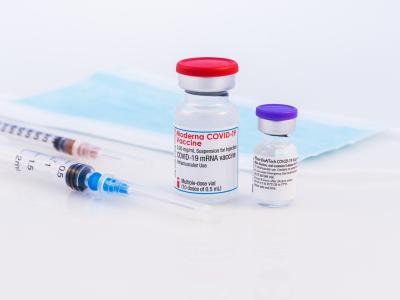An analysis group under contract with the National Institutes of Health (NIH) today released a risk-benefit analysis of gain-of-function (GOF) research, a key part of ongoing federal review of controversial experiments on H5N1 avian influenza and other disease threats.
Gryphon Scientific, a life sciences policy analysis group based in Takoma Park, Md., was awarded the $1.1 million contract in March. The contract stems from Obama administration announcements in October 2014 declaring a pause on federally funded GOF research and asking the National Science Advisory Board for Biosecurity (NSABB) to come up with policies on federal funding for the research, which are closely tied to the risk-benefit analysis.
The government's steps are aimed at studies that enhance pathogenicity, transmissibility, or host range of a pathogen to better understand the disease and help with vaccine and drug development. Such studies, however, have triggered "dual-use" worries—that methods could be used not only for beneficial purposes, but in the wrong hands could be used to create bioterror threats.
Some experts have also raised concerns about an intentional or accidental release of the experimental pathogens, especially in light of recent safety lapses involving federal facilities.
A year ago federal officials loosened the moratorium on a few GOF studies, some involving Middle East respiratory syndrome coronavirus (MERS-CoV) and influenza.
Gryphon's 1,001-page risk-benefit assessment is on the agenda for the NSABB's next meeting that begins on Jan 7 and is posted on the group's Web page. Dated Dec 8, the document is also posted on Gryphon's Web site.
The 2-day meeting will include panel discussions that include experts on both sides of the GOF debate, including two scientists who led the H5N1 GOF studies that sparked the initial debate: Ron Fouchier, PhD, from Erasmus Medical Center in the Netherlands and Yoshihiro Kawaoka, DVM, PhD, from the University of Wisconsin, Madison.
Two assessment approaches
Analysts from Gryphon had three main tasks: to look at risks from accidents and natural disasters, assess biosecurity, and gauge benefits from the work. In its executive summary, the group noted that the biosecurity section has two parts, each of which required a different assessment approach: one covering malicious attacks on labs and the other on misuse of published GOF research.
Documents for the NSABB's upcoming meeting also include an ethics white paper written by Michael Selgelid, PhD, that will be discussed on the first day of the meeting. Selgelid directs the Centre for Human Bioethics at Monash University in Melbourne, Australia, and is with the World Health Organization's Collaborating Center for Bioethics.
The NSABB will discuss a draft of its research funding policy recommendations on the second day of the meeting.
See also:
NSABB meeting Web page
Gryphon GOF Web page
Oct 2 CIDRAP News story "Work continues on policies for 'gain of function' research"




